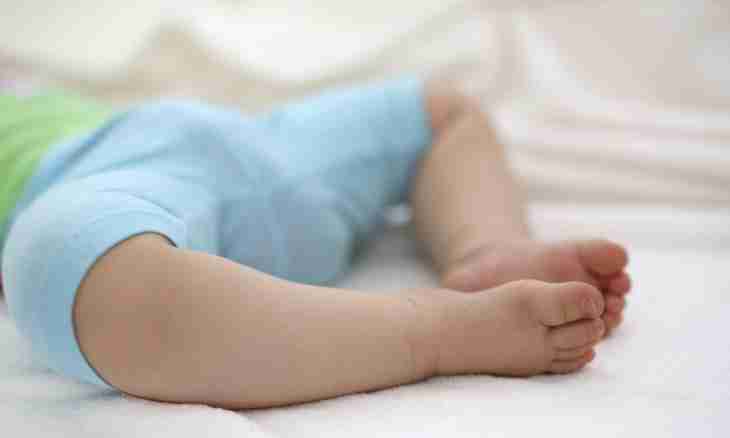The increased sweating, irritability and fearfulness belong to the first symptoms of rickets at the baby. At such symptoms the visit of the doctor who will appoint to the child treatment vitamin D is required.
Violation of phosphorus-calcium exchange, or rickets – the second in degree of prevalence a disease at kids about one year. Rickets is characterized by a lack of vitamin D organism that negatively influences development and growth of the child. In risk group there are children who were born premature or with excessively big weight, receive artificial feeding and live in conditions of a lack of natural lighting.
On what signs it is possible to detect rickets in the baby
The first symptoms of rickets can be noticed at kids aged from two up to four months. If not to take a measure, to half a year at the child the developed disease picture will be observed. As a rule, rickets is shown in the winter, at the beginning of spring or in the last autumn months when babies seldom are in the fresh air under direct sunshine. As a result, in an organism the synthesis of vitamin D which is necessary for the correct functioning of central nervous system and formation of skeletal system is broken.
The first symptoms of rickets: 1. The increased irritability and fearfulness: the child often cries, shudders at bright flash of light and loud sounds.2. Plentiful sweating even at moderate ambient temperature. The kid strongly sweats during sleep and at any kind of physical activity: games, feeding. Sweat causes irritation of skin because of what the child constantly rubs the head about a pillow. As a result, volosik on a nape gradually drop out with formation of a so-called rakhitochny bald spot.3. Change of biochemical composition of blood. Blood tests during this period will show increase in activity of phosphatase and reduction of content of phosphorus. Very important during this period to see the district doctor who will choose an optimum dose of vitamin D for the child. Without treatment the disease develops very quickly and in three-four weeks passes into the following stage which received the name of the "blossoming" rickets.
Symptoms of the "blossoming" rickets at babies
The deficiency of vitamin D leads to bone deformations: at the child parietal and occipital bones are softened, edges are bent and squeezed, bones of a basin and the lower extremities are deformed – legs at the same time take the form of a letter of X or Island. Children with rickets after the peers begin to sit, creep and go, more often and more for a long time are ill. For prevention of rickets there are effective measures: at the age of four weeks to the child appoint daily intake of solution of D3 vitamin. It helps to stabilize phosphorus-calcium exchange and to prevent development of a disease.

